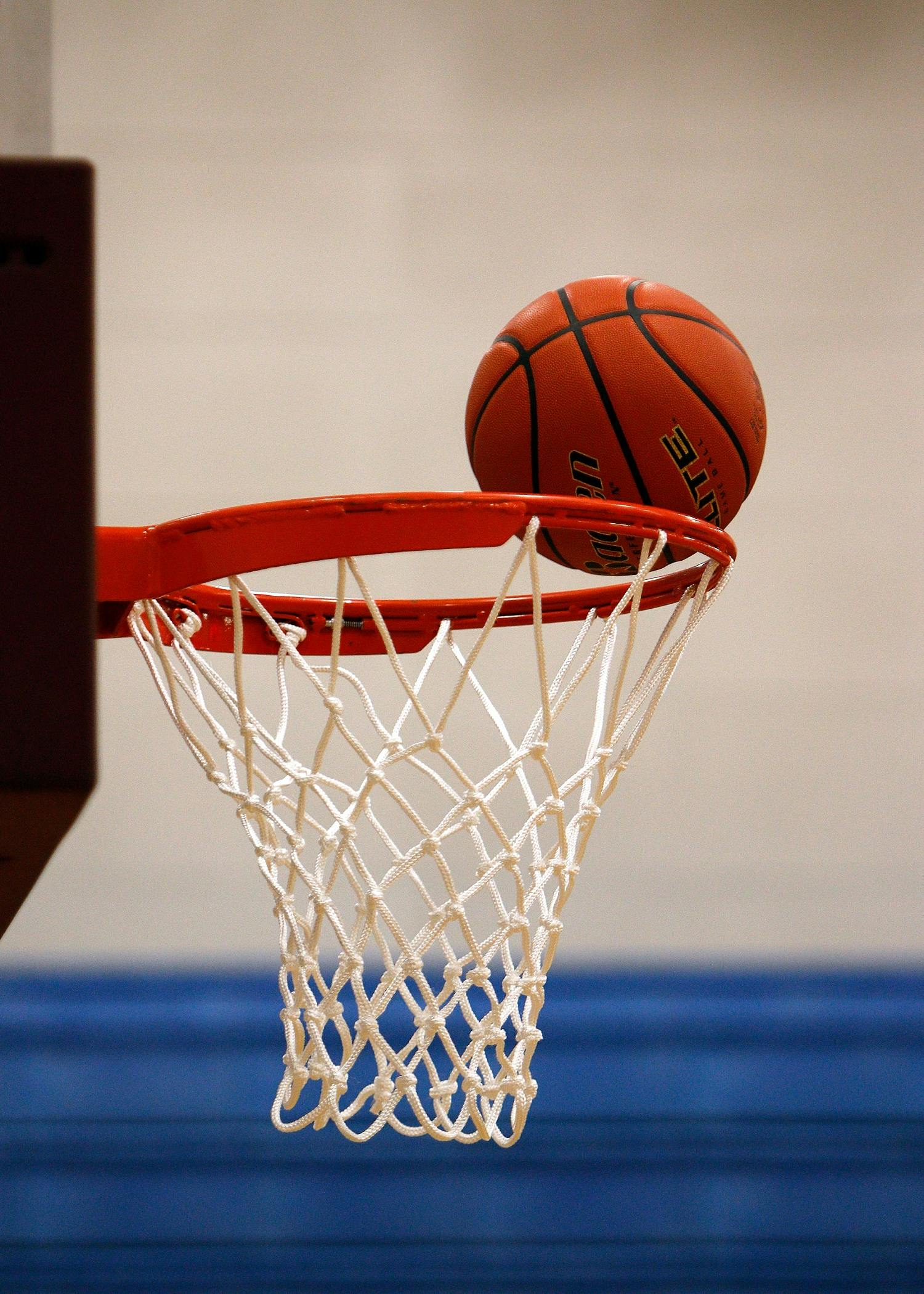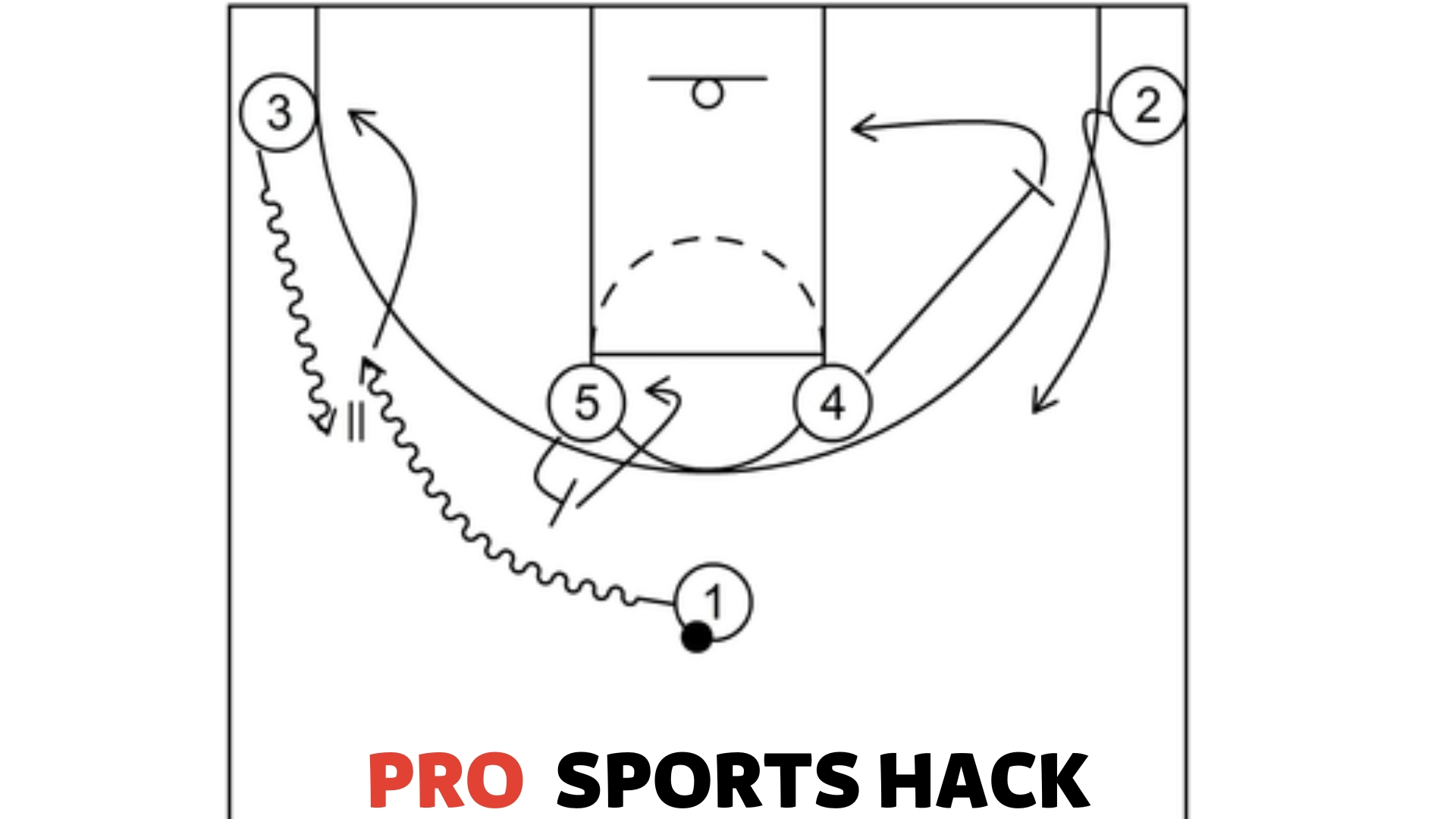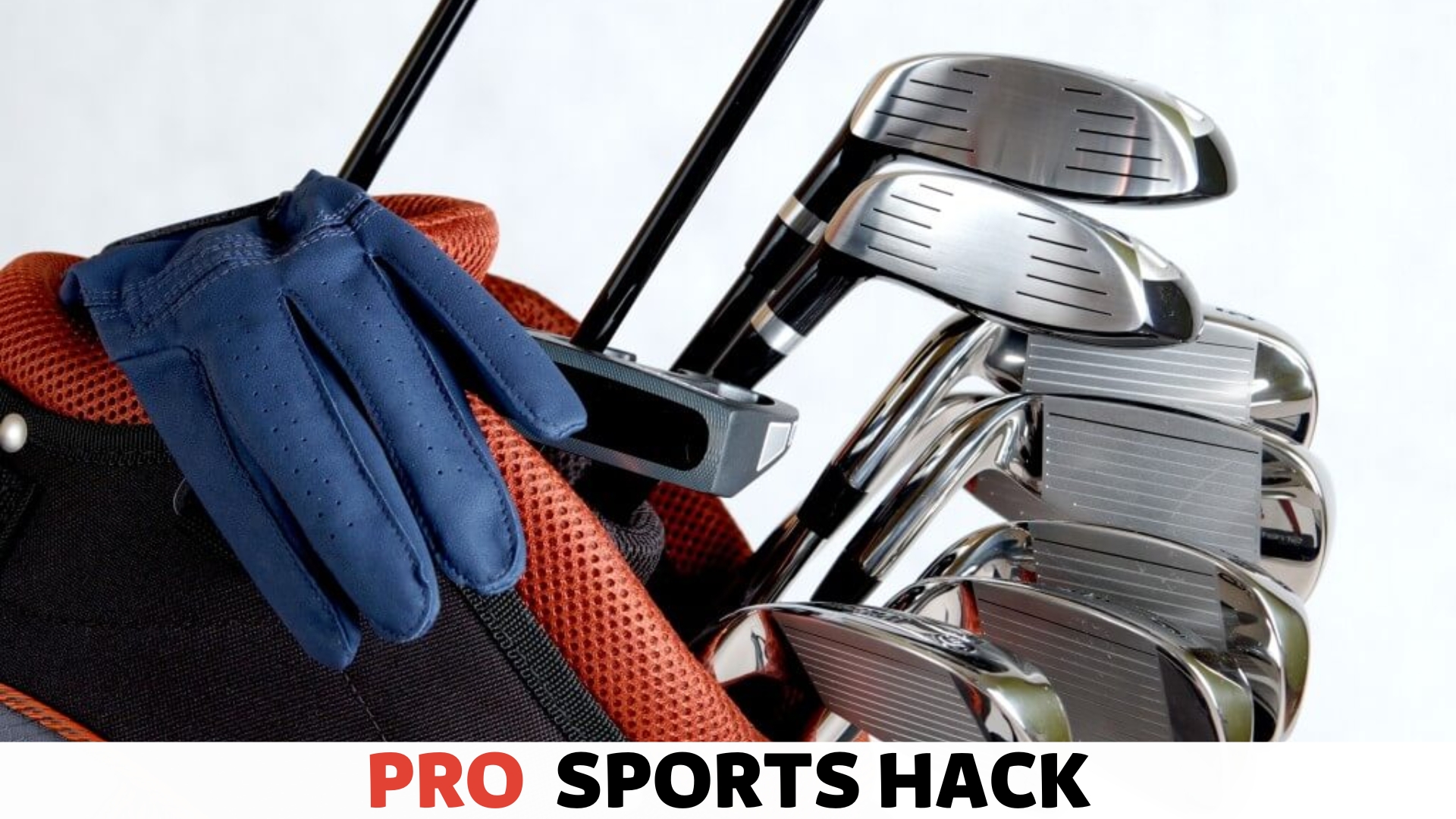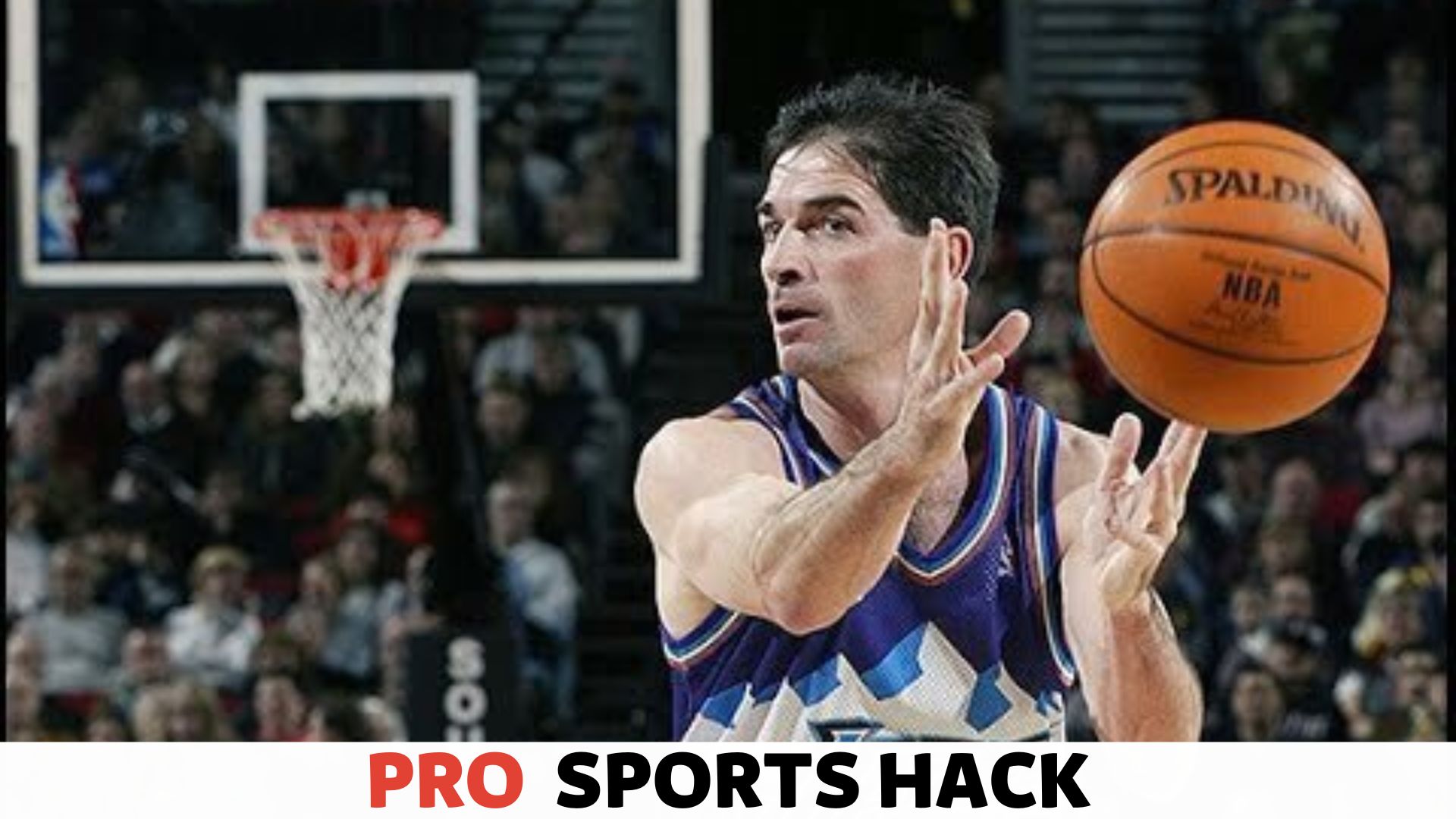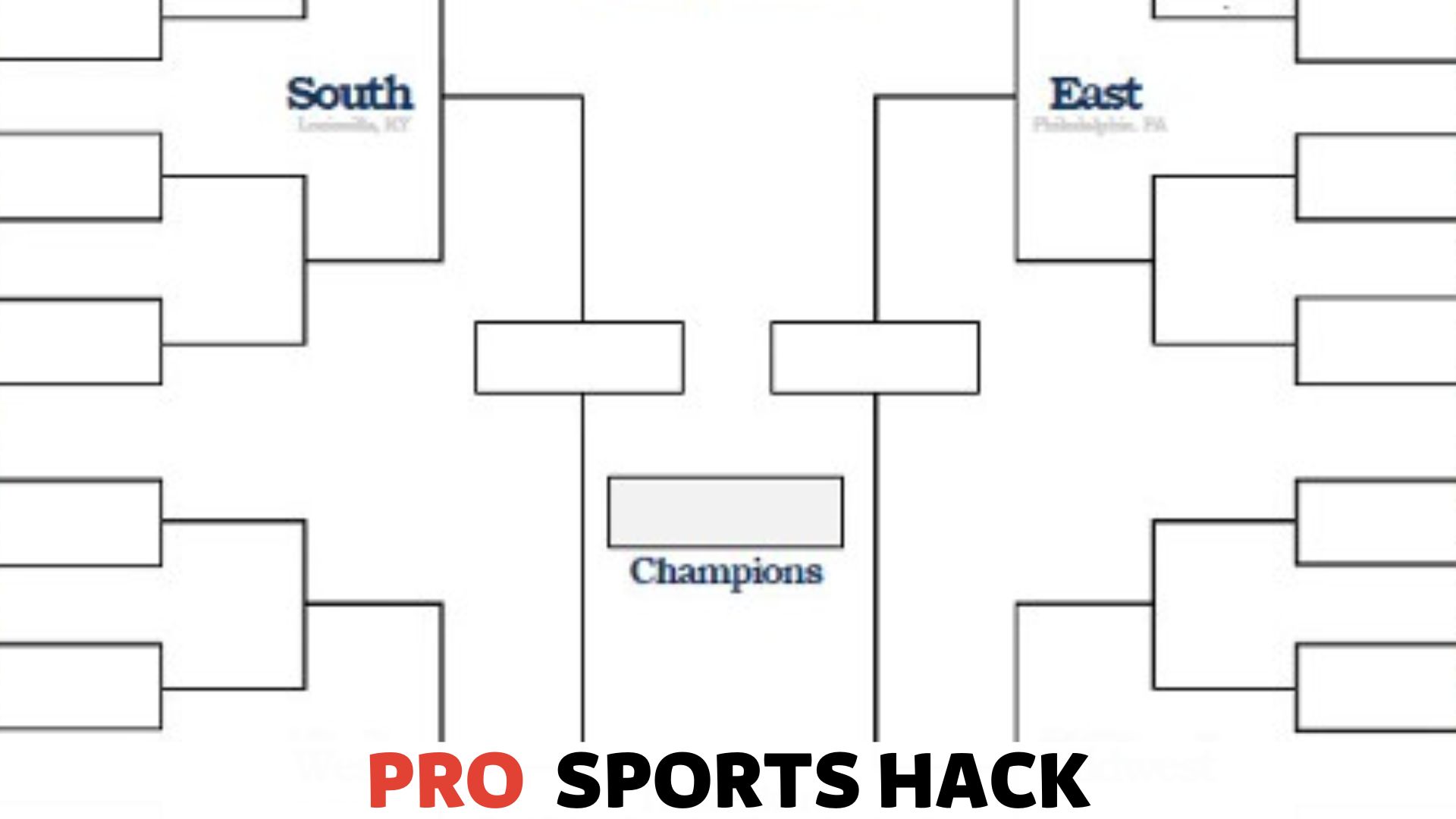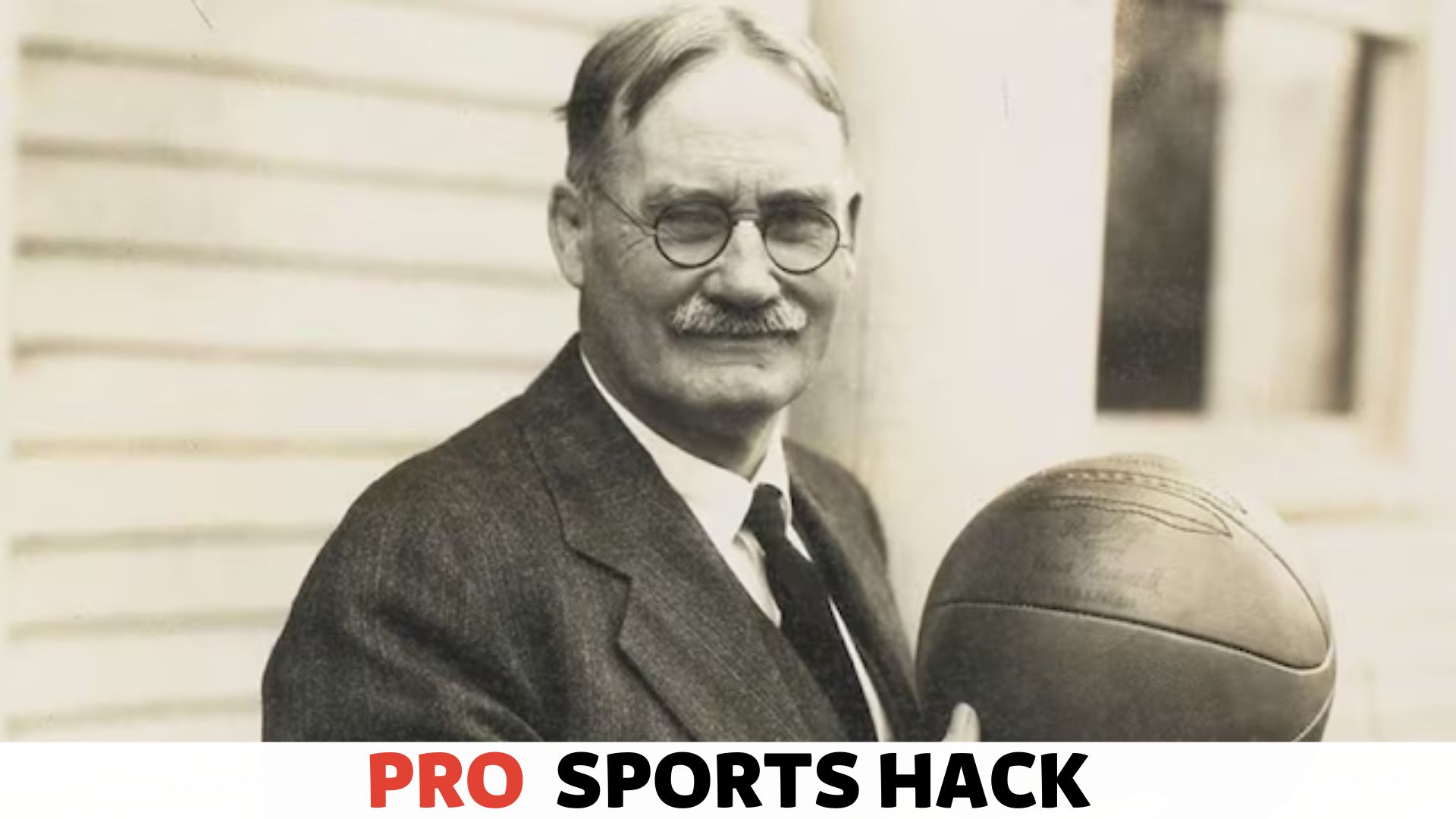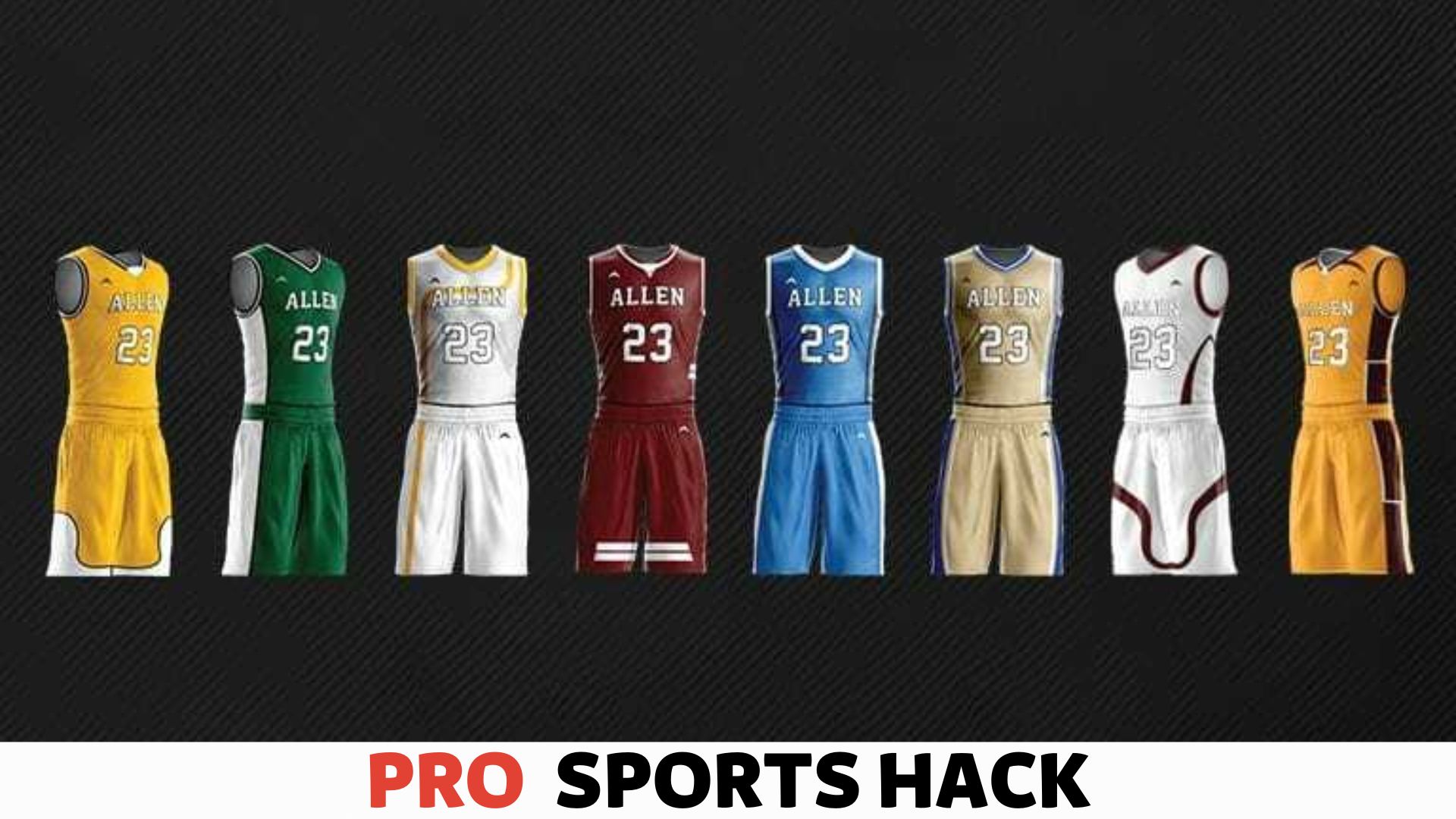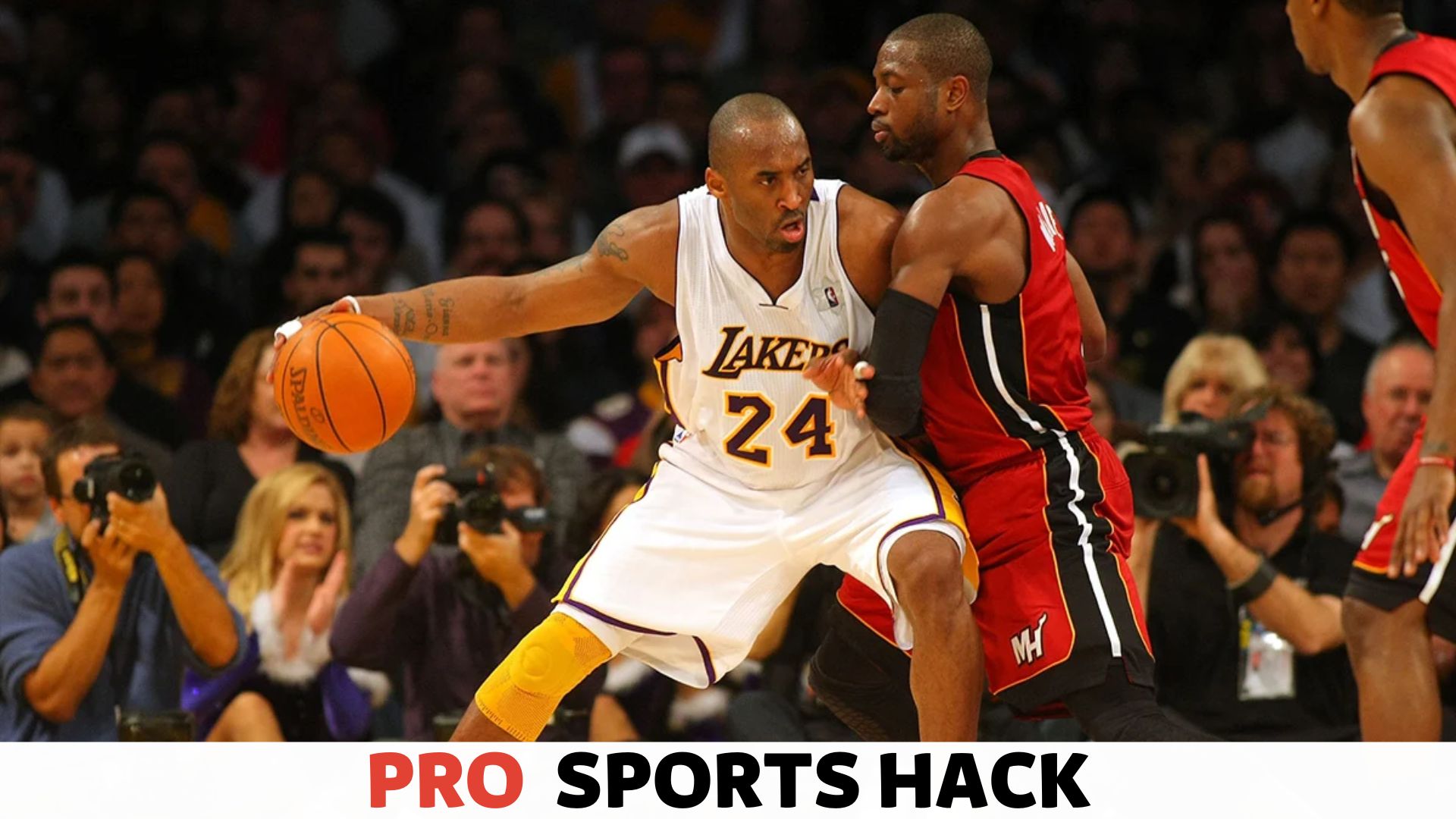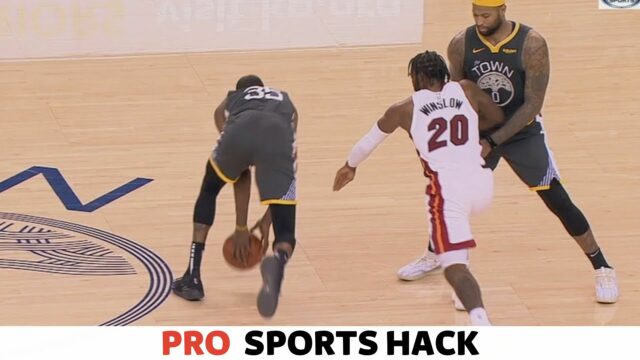
Double dribble in basketball refers to a violation where a player dribbles the ball with two hands simultaneously or dribbles, stops and starts dribbling again. This violation leads to a turnover.
Basketball players must have control of the ball while dribbling to avoid double dribbling. Basketball is a fast-paced sport that requires players to have precise ball-handling skills.
One essential rule in this game is to avoid double-dribbling. But what exactly does double dribble mean in basketball?
Double dribble is a violation that occurs when a player dribbles the ball with both hands simultaneously or when a player stops dribbling and then starts dribbling again.
This violation results in a turnover, meaning the opposing team gains possession of the ball.
To avoid double dribbling, basketball players must maintain control of the ball while dribbling and refrain from using both hands simultaneously. Understanding and adhering to this rule is crucial for players to excel.
The Basics of Double Dribble in Basketball
Double dribble is a fundamental rule in basketball that pertains to dribbling the ball. This concept is crucial for players and spectators comprehending the game’s dynamics.
In this section, we will briefly explain the concept and provide examples of double dribble violations.
Brief Explanation of the Concept
Double dribble occurs when a player who has stopped dribbling the ball resumes dribbling or when a player dribbles with both hands simultaneously. Both these actions are considered violations, resulting in a turnover.
The essence of this rule is to maintain fair play and prevent undue advantage for a player or team.
Examples of Double Dribble Violations
- Resuming Dribble: If a player picks up their dribble and starts dribbling again without passing or shooting, it is deemed a double dribble violation.
- Simultaneous Dribble: When a player simultaneously dribbles the ball with both hands, it constitutes a double-dribble infraction.
Understanding the Rules of Double Dribble
Basketball is an exhilarating game of speed, strategy, and skill. To truly appreciate the game, it’s essential to grasp the rules and regulations that govern it.
One such crucial rule is the concept of double dribble, a violation that can impact the flow and fairness of the game.
Understanding what constitutes a double dribble and when it is called is vital for all players, coaches, and enthusiasts.
While discussing the basics of basketball, one might wonder, ‘How many periods does basketball have?’—a question that reveals the game’s structure, as most professional leagues play four quarters, whereas college games are typically divided into two halves.
How Double Dribble is Defined in Basketball
In basketball, ‘double dribble’ refers to dribbling the ball with both hands simultaneously or picking up the dribble and then resuming dribbling without passing or shooting the ball.
This violation results in a turnover, as possession of the ball is awarded to the opposing team.
Instances When Double Dribble is Called
The referees call a Double dribble when a player picks up their dribble, holds the ball, and then begins to dribble again without executing a pass or a shot.
Another instance is when a player dribbles the ball with both hands or starts dribbling, stops, and then resumes dribbling without a legitimate reason. These actions are considered infractions and lead to turnover or loss of possession.
Common Misconceptions About Double Dribble
Double dribble, frequently heard in basketball, often sparks confusion among fans and players alike. Determining what constitutes a double dribble can be bewildering, leading to many misconceptions surrounding the rule.
In this section, we will debunk these myths and clarify the true essence of double dribble, ensuring you fully grasp this fundamental basketball concept.
Clarifying Misconceptions About the Rule
One common misconception about double dribble is that it occurs when a player simultaneously touches the ball with both hands. However, this belief is erroneous.
Double dribble refers to a violation that transpires when a player who is in control of the ball begins dribbling after coming to a stop or halting their dribble.
In simpler terms, double dribble is picking up the dribble, stopping, and then resuming the dribble once more.
Another prevalent misunderstanding is that double dribble only occurs when the ball hits the ground while a player simultaneously handles it. This notion is far from accurate.
The double dribble violation can also occur if a player, after stopping their dribble, attempts to dribble with both hands or performs a second dribble without immediately passing or shooting the ball.
Real-life Scenarios Depicting Misconceptions
Let’s delve into real-life scenarios that epitomize some of the misconceptions surrounding double dribble:
- Scenario 1: Sam, a basketball player, receives a pass and takes a couple of steps before coming to a stop. After a momentary pause, Sam resumes dribbling with a single hand. Is this considered a double-dribble violation?
No, this is not a double-dribble violation. According to the rules, once a player has come to a stop and subsequently resumes dribbling with one hand, it is not deemed a double dribble.
- Scenario 2: while dribbling the ball, Emily momentarily picks it up with both hands before attempting to resume dribbling. Is this an instance of double dribble?
Yes, this is indeed a double-dribble violation. In this scenario, Emily ceased her dribbling, possessed the ball with both hands and then attempted to resume dribbling. Since she did not pass or shoot the ball immediately after picking it up, it resulted in a double-dribble infraction.
- Scenario 3: Jake takes a step after gathering a rebound but accidentally drops the ball. To regain control, he catches the ball and resumes dribbling. Has a double dribble occurred in this situation?
No, a double-dribble violation has not occurred. Although Jake initially lost control of the ball, the inadvertent drop is not considered a violation.
The absence of a deliberate stoppage in dribbling ensures that double dribble does not apply in this scenario.
We hope to provide a clearer understanding of this essential basketball rule by dispelling these common misconceptions surrounding double dribble.
Knowing what constitutes a double dribble enables players and fans to appreciate the game better and participate with utmost fairness and clarity.
Interested to know what waiver is in football? read our complete guide.
Impact of Double Dribble on Gameplay
Understanding the impact of double dribble on gameplay is essential for every basketball player.
Double dribble, as the name implies, is a violation that occurs when a player dribbles the ball with two hands simultaneously or picks up the dribble and then dribbles again.
This violation results in a turnover, disrupts the game flow, and gives the opposing team a significant advantage.
Consequences of Committing a Double-Dribble Violation
Committing a double dribble violation can have severe consequences, affecting individual players and the team. These consequences include:
1. Turnover
Once a player commits a double dribble violation, the opposing team gains possession of the ball. This turnover allows the opponents to score or regain momentum, putting the team committing the violation at a distinct disadvantage. It can cost valuable points and hinder the team’s chances of winning.
2. Loss of Ball Control
Double dribbling leads to losing ball control, resulting in a breakdown of offensive plays. It disrupts the rhythm and coordination among teammates, making it difficult to execute strategies effectively. This ball control loss affects individual players and leaves the team vulnerable to turnovers and defensive counterattacks.
3. Wasted Possession
Each possession in basketball counts, and wasting a possession due to a double dribble violation can harm the team’s success. Whether it’s a crucial play in a tight game or an opportunity to extend a lead, committing a double dribble means squandering the chance to score or set up a scoring opportunity. This wasted possession can significantly impact the outcome of the game.
Strategies to Avoid Double-Dribble Infractions
To avoid the detrimental effects of double dribbling, developing strategies and techniques that can help players prevent these infractions is crucial. Here are some strategies to keep in mind:
1. Focus on Ball Handling
Improving ball-handling skills is essential to avoid double dribbling. Players should practice dribbling with one hand and become comfortable with maintaining control using single-handed dribbles.
This skill minimizes the risk of committing the violation and enhances overall ball control and maneuverability.
2. Stay Alert and Aware
Awareness is key in avoiding double dribbling. Players must pay close attention to their movements, ensuring they do not pick up the dribble prematurely or dribble with both hands simultaneously.
Being alert to the position of opponents and teammates also helps players make quick decisions and avoids unnecessary violations.
3. Proper Fundamentals
Mastering the fundamental techniques of basketball is crucial in preventing double dribbling. Understanding the rules and practicing proper dribbling techniques can greatly reduce the occurrence of this violation.
Coaches can emphasize these fundamentals during training sessions, focusing on footwork, body positioning, and hand placement to ingrain good dribbling habits.
By implementing these strategies, players can minimize the risk of double dribbling and ensure a smoother and more effective gameplay experience for themselves and their team.
Importance of Enforcing Double Dribble Rules
Enforcing double dribble rules is essential in basketball as it prevents players from gaining an unfair advantage by dribbling the ball with both hands. This violation helps maintain the integrity of the game and ensures fair play among teams.
The importance of enforcing double-dribble rules in basketball cannot be overstated. Double dribble is a violation that occurs when a player dribbles the ball with both hands simultaneously, dribbles with both hands consecutively, or stops dribbling and then resumes dribbling again.
This rule promotes fair play, ensures equal opportunities for all players, and encourages proper sportsmanship on the court.
Maintaining Fair Play and Sportsmanship
One of the primary reasons for enforcing double dribble rules is to maintain fair play and promote sportsmanship among players.
Double dribbling gives an unfair advantage to the player committing the violation, allowing them extra time and control over the ball.
By penalizing this infraction, basketball officials ensure that the game is played within the boundaries of fairness, where each player has an equal opportunity to showcase their skills.
The Role of Referees in Enforcing Double-Dribble Violations
Referees play a crucial role in basketball games by enforcing rules and maintaining order on the court. When it comes to double dribble violations, referees are responsible for spotting such infractions, blowing their whistle, and stopping the play.
By penalizing players who commit double dribble violations, referees ensure that the game is played according to the established rules and guidelines.
They act as impartial observers, making split-second decisions to maintain the integrity of the game.
Ensuring Fair Play Through Awareness
To ensure fair play, players, coaches, and fans must clearly understand the rules surrounding double dribbling.
Coaches should emphasize proper dribbling techniques during practice sessions, teaching their players the importance of staying within the boundaries of the rules.
Raising awareness and educating everyone involved in the game can minimize double dribble violations, leading to a more fair and enjoyable basketball experience.
Striving for Excellence Through Adherence to Rules
Adhering to double dribble rules promotes fair play and encourages players to strive for excellence in their basketball skills. By adhering to the rules, players develop discipline, focus, and creativity in maneuvering the ball.
They learn to rely on agility, quick thinking, and teamwork rather than illegal maneuvers like double dribbling.
Understanding and respecting the game’s rules is essential to becoming a skilled and respected basketball player.
Conclusion
To sum up, understanding the meaning of double dribble is crucial for all basketball players and enthusiasts. A violation occurs when a player picks up their dribble, holds the ball with two hands, and then dribbles again.
This rule is in place to maintain fairness and prevent an unfair advantage. Players can enhance their skills and contribute to a fair and exciting game by being aware of this violation and practicing proper dribbling techniques.




![Cat in the Chrysalis Spoiler: All You Need To Know [Updated] Cat in the Chrysalis Spoiler](https://prosportshack.com/wp-content/uploads/2024/02/Cat-in-the-Chrysalis-Spoiler-100x75.jpg)







